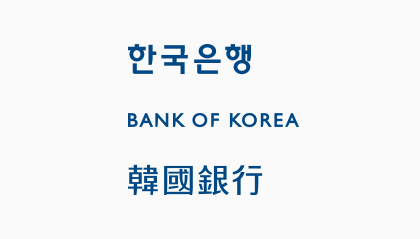
If the use of CBDC spreads, bank deposits are likely to decline. E-money payments are more convenient than cash, and in Korea, there is no backlash against e-payment payments. Therefore, we believe that deposits such as deposits with temporary deposits and withdrawals will decrease. Decreased deposits can limit the bank’s ability to supply credit, leading to reduced bank balance sheets and reduced loans.
Moreover, if the central bank manages information such as the issuance and account of CBDC through direct operation, the private fund information of the bank may become insolvent, increasing the likelihood of showing a conservative attitude toward lending. It cannot be ruled out that the bank’s profitability may deteriorate due to an increase in deposit rates due to a decrease in deposits.
In terms of policy, we believe that the issuance of CBDC will work positively. In the case of financial policies used by the Bank of Korea to stimulate the economy, liquidity can be supplied to the market by supplying CBDC. In particular, if the CBDC is connected to a direct account between the central bank and private depositors, the bank of Korea’s reserves account declines and the private bank’s deposit account expands, which may lead to a direct connection to the policy speed and the speed of transition to the economy. .
This is in contrast to the fact that there was no inflow of funds to the private sector even though the Fed implemented QE, and the effect of supplying funds directly to the private sector while fixing the government’s debt can be expected. Of course, the amount of funding will need to be adjusted, but the current government’s tendency to increase spending on the private sector while taking the budget deficit and debt expansion is an attractive effect.
If economic entities exchange their bank deposits for CBDC and hold them, there is a possibility that the bank’s demand for payment preparation will also fluctuate. Moreover, if exchanges between CBDC and banks are allowed, short-term loans between banks, households and companies may increase, so it is necessary to closely check the impact on the reserve market.
If the Bank of Korea pays a certain level of interest to the CBDC, it is possible that bank deposits will increase and the bank’s credit supply capacity may further decrease. The possibility that the CBDC’s interest rate itself will exert an effect similar to the standard interest rate in the market cannot be excluded.
If the Bank of Korea raises the CBDC interest rate, the bank deposit rate, which has a higher risk of insolvency than the CBDC, rises, and the lending rate and market rate are also under upward pressure. Therefore, according to the operation of CBDC, there is a trend in which interest rates in the market change. In conclusion, although the use of CBDC can negatively affect initial costs and private banks, it is highly likely to have a positive effect on the expansion of the Bank of Korea’s policy capacity and policy tools.






